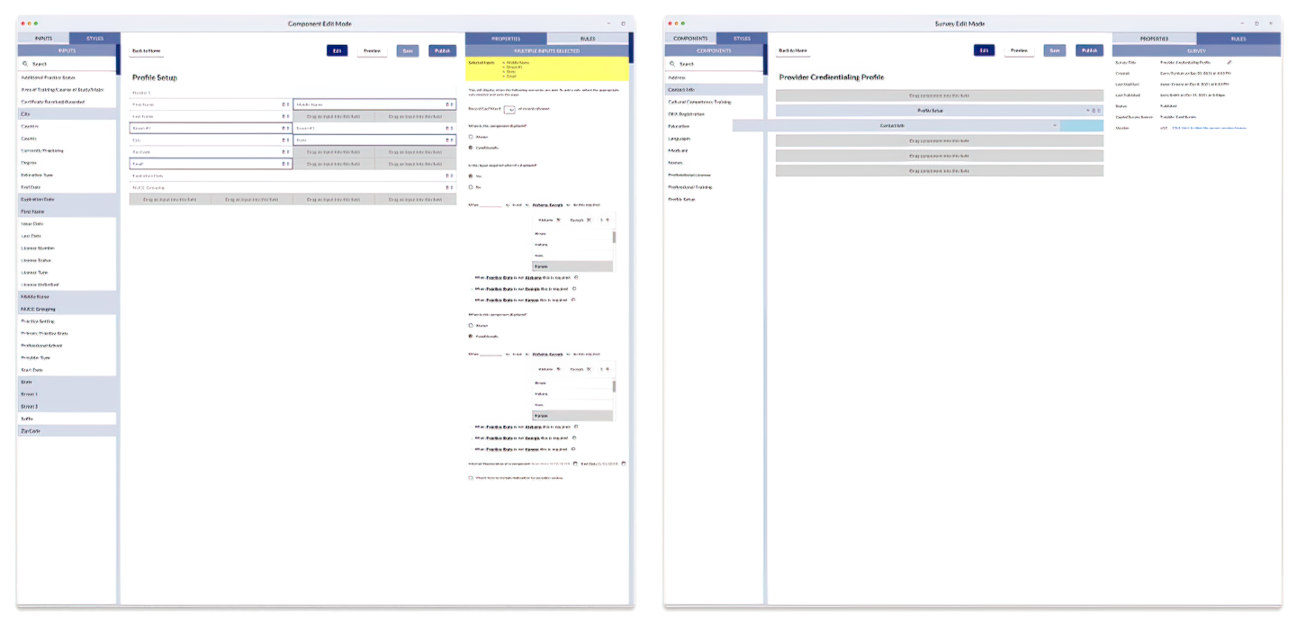
Innovative design and user-centric approaches converge in a compelling proof of concept, offering stakeholders intelligent survey management capabilities..

At CAQH, a non-profit shaping healthcare standards, I designed and implemented a robust Data Portal Survey Management Platform. The goal was to empower stakeholders with an intuitive system for survey management and validate its feasibility through high-fidelity prototypes.
As the lead UX designer, creative director, and project manager, responsibilities involved diving into user insights through usability tests and interviews. Conducting product discovery interviews aligned stakeholder insights with user needs, contributing to an iterative refinement process based on evolving feedback and project requirements.
The project advanced through well-defined phases, encompassing initial planning, client interviews, the development of a style guide, and iterative wireframing, all unfolding over multiple weeks.
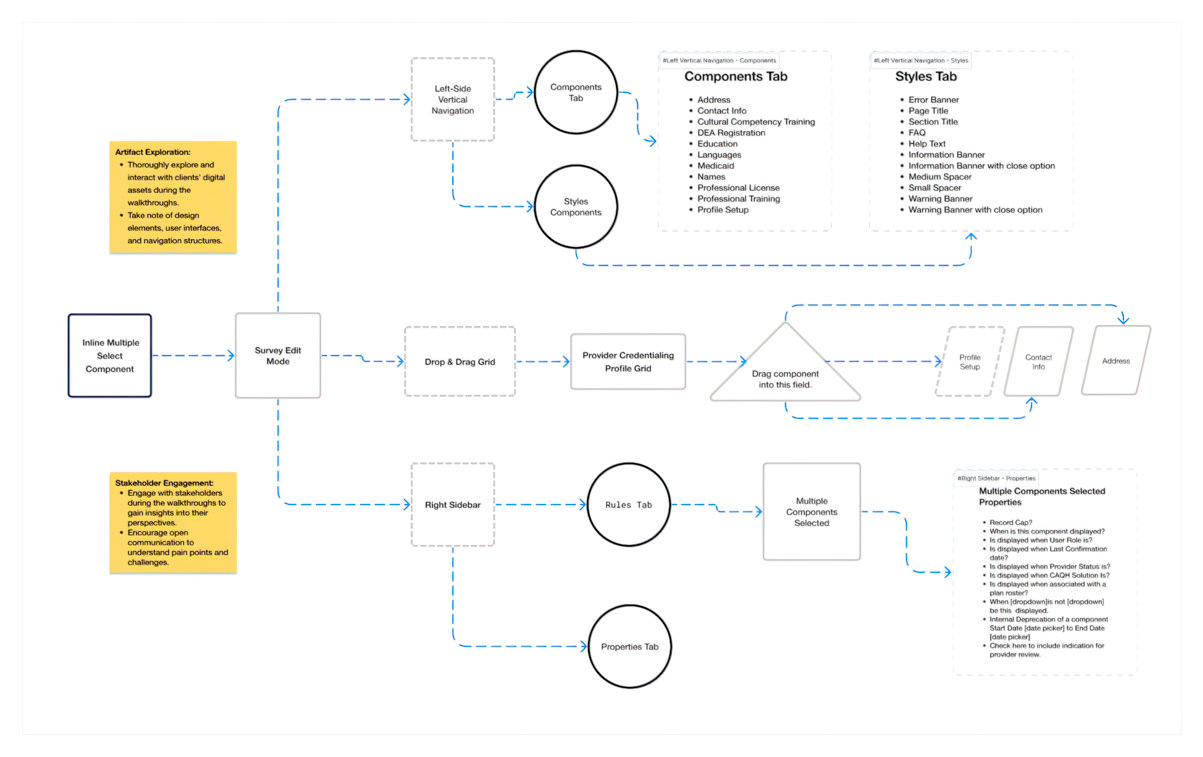
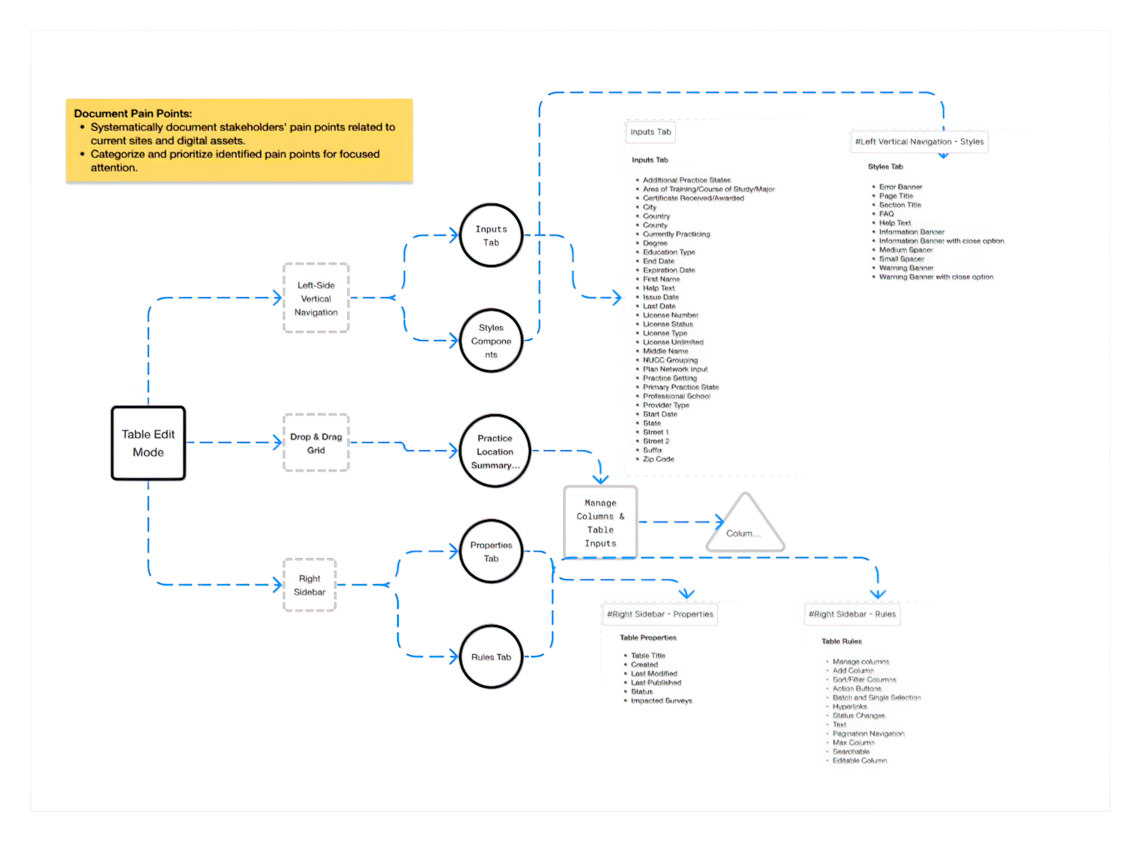
Overcoming the challenges posed by remote work, restricted portal access, and communication hurdles required innovative solutions. We streamlined processes, initiated client education efforts, and optimized collaboration environments for more efficient workflows.
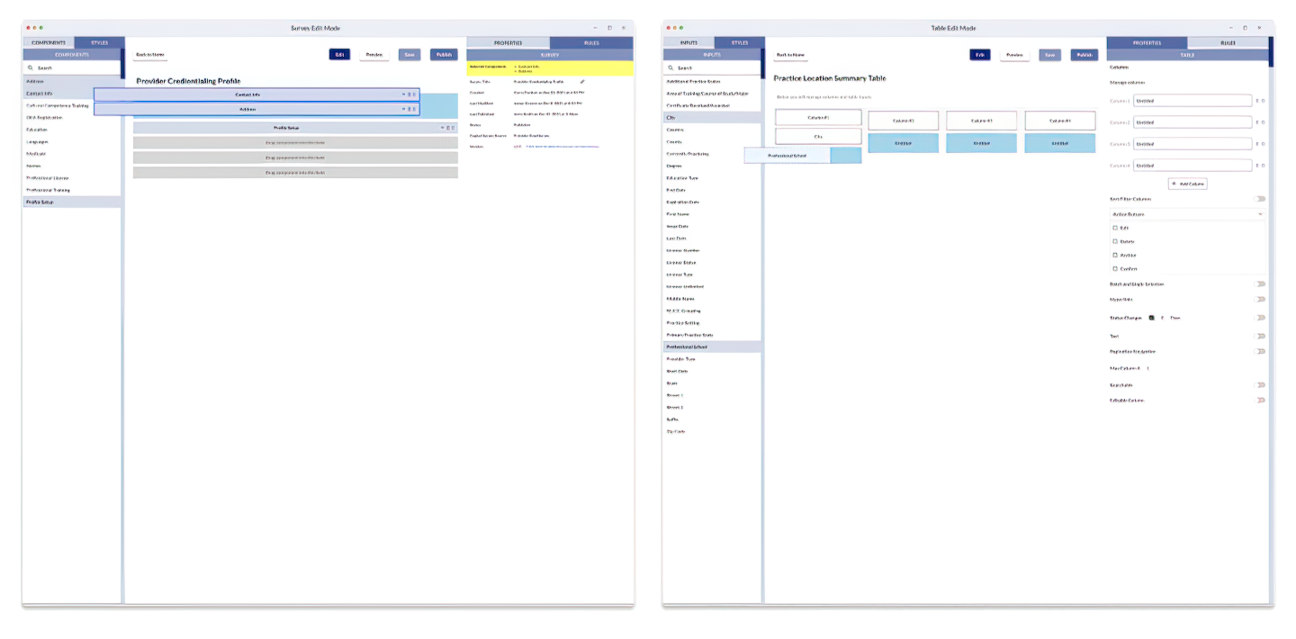
The primary goal was to create a robust Data Portal Survey Management Platform. This involved crafting an intuitive system for stakeholders to manage survey components effortlessly, aiming to deliver a compelling demonstration for platform validation.
Multifaceted challenges involved remote work constraints, limited client portal access, and overcommunication issues. Navigating these complexities required strategic communication, alternative tools, and innovative approaches to efficient user research.
Challenges stemmed from remote work constraints affecting UX analysis and collaboration efficiency.
Grappling with limited access to the client portal complicated comprehensive UX analysis and stakeholder journey reconstruction.
Grappling with limited access to the client portal complicated comprehensive UX analysis and stakeholder journey reconstruction.
The absence of a physical portal archive, limitations on InVision, and the need to balance multiple communication channels added complexities, highlighting the importance of design consistency within a micro design system.
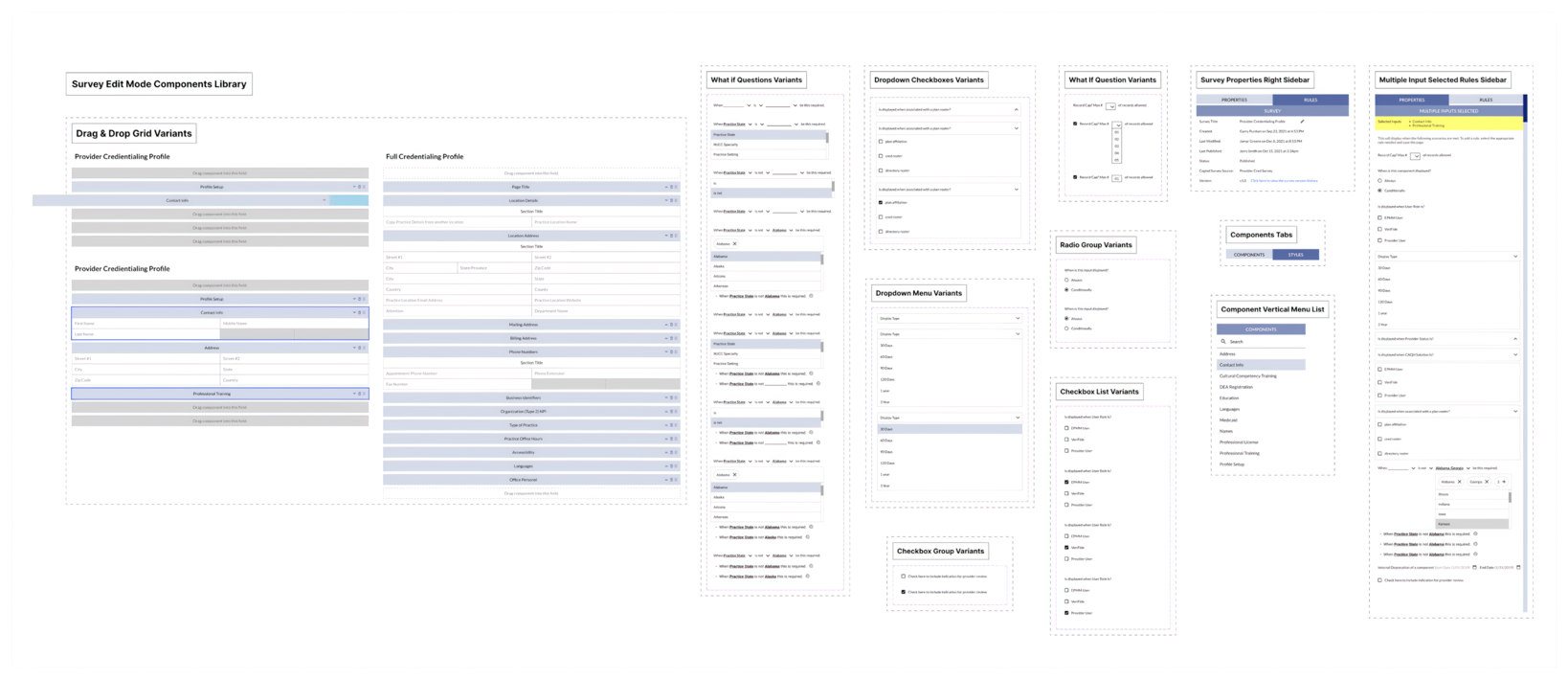
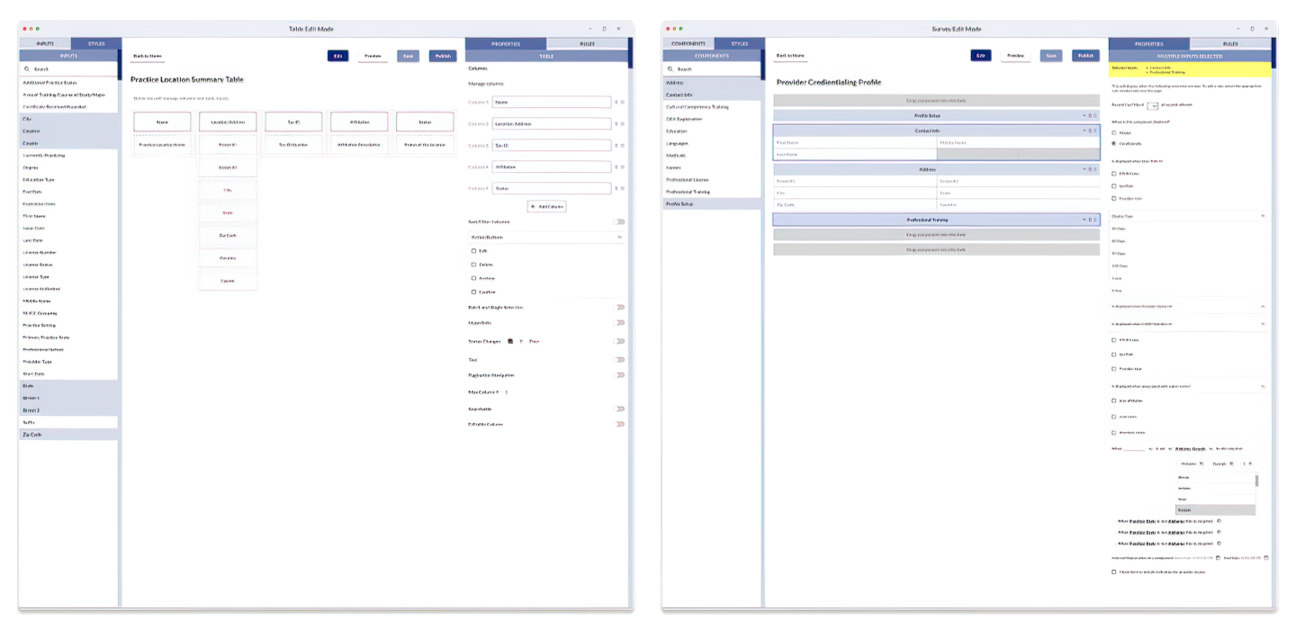
The culmination of this effort resulted in deliverables that went beyond expectations—high-fidelity mockups, prototypes, and a meticulously crafted Figma design system. These contributed to an improved user experience and a streamlined collaboration process for stakeholders.
Key takeaways included the importance of innovative user research methodologies, the efficiency gained through optimized communication channels, and the proactive role of UX evangelism in ensuring project success.
Wrapping up the project, I successfully provided CAQH with an intuitive survey management platform. The handoff included user flows, high-fidelity mockups, and a Figma-based micro design system. In reimagining UX research, I implemented innovative methods, streamlined communication, and introduced an efficient UX process, contributing to the project's overall success.